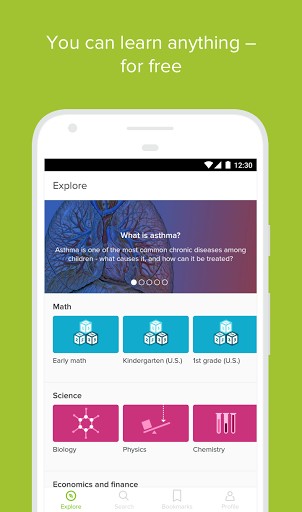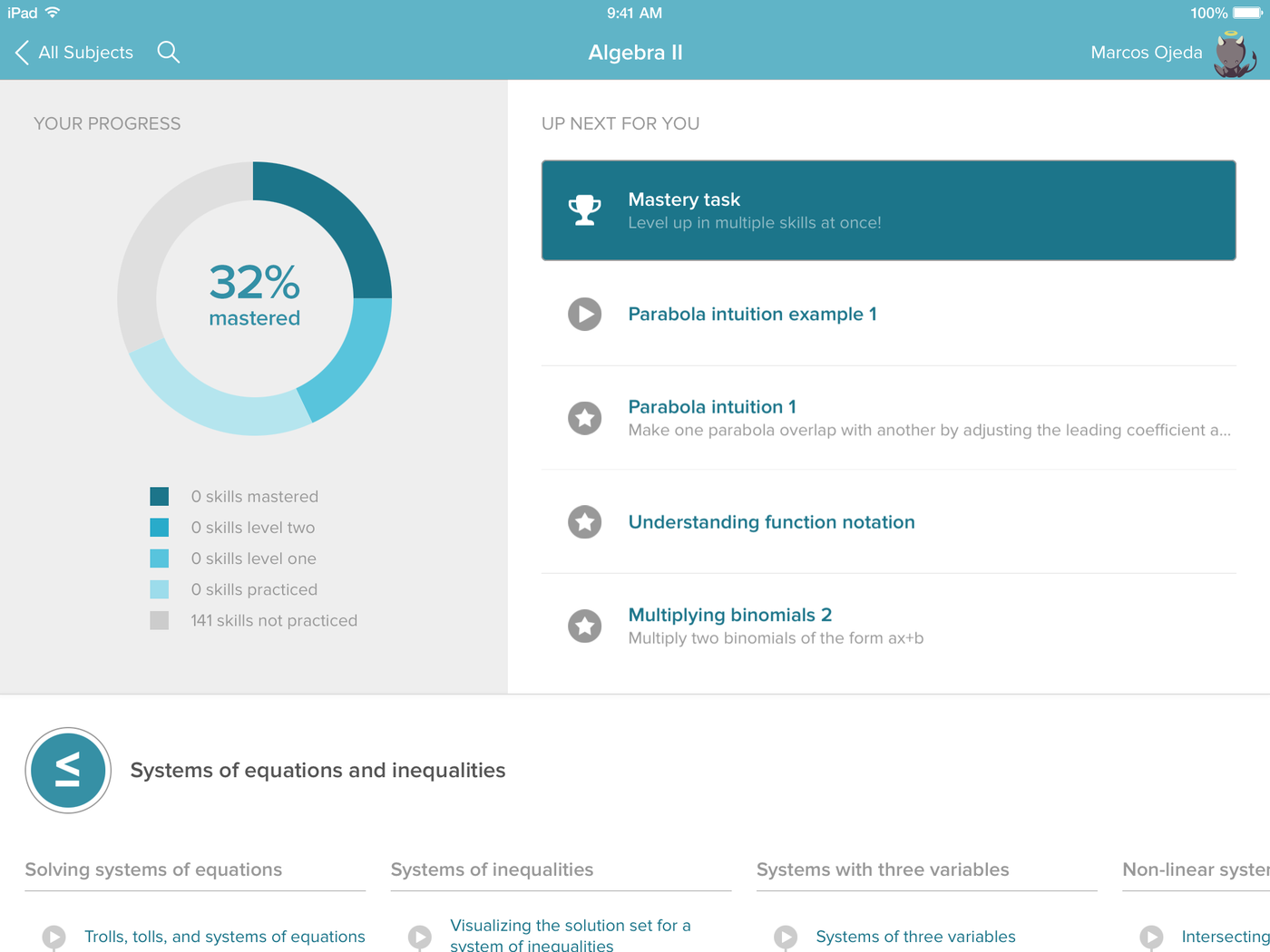


This can be found by starting from your dashboard choosing the class & then clicking on Roster. The advantage here is that you will see a list of invited students on your dashboard & KA tells you which students have not yet accepted the invitation makes tracking the sign up process simple. Invite students by email address (or by email but via Google Classroom).You will be prompted to tell KA what Math subjects your students are learning.

Enter information for your class – I like to name it by period & course code – or choose the “ import from Google Classroom” option if you already have all your students connected to Google Classroom. Then head to your “dashboard” & click on “add new class” (on the right side). I often log in from my chromebook & so I love the simplicity of the red Google button that automatically logs me in using my school board Google account. If you haven’t yet, make a KA account yourself. I highly recommend using it as a class like this. And by joining the teacher’s class, the teacher has the ability to assign practice problems & check student progress. However, by making an account, the student’s progress gets tracked & saved in KA, allowing the site to better offer next steps of Math for them to work on. Students and teachers can use KA anytime they like without having an account or without joining a teacher’s KA class. So let me share a little of my Khan Academy pedagogy. Since that first 2014 post, Khan Academy has changed & improved quite a bit and so has how I use it with my students. Then earlier this school year I wrote a response to another blogger’s post about why online Math practice tools aren’t good, here. I first wrote about how I was using Khan Academy with my students in late 2014 here.


 0 kommentar(er)
0 kommentar(er)
